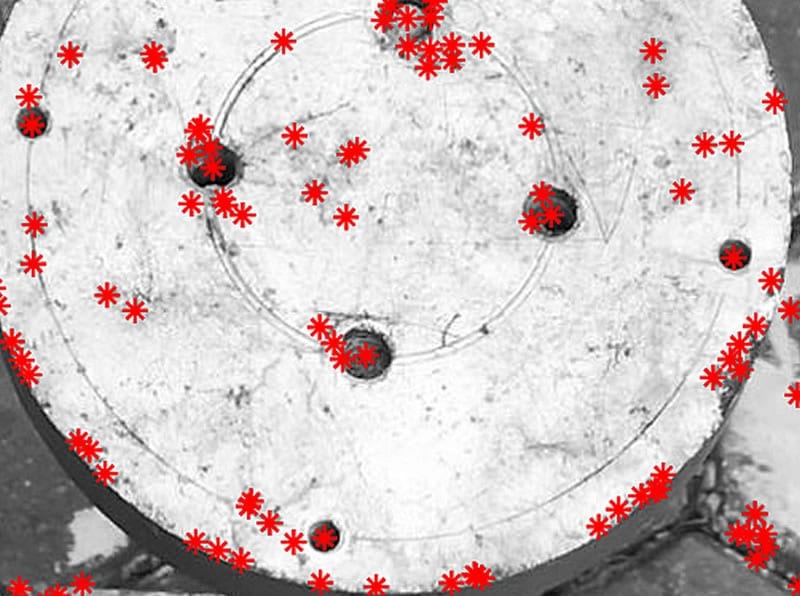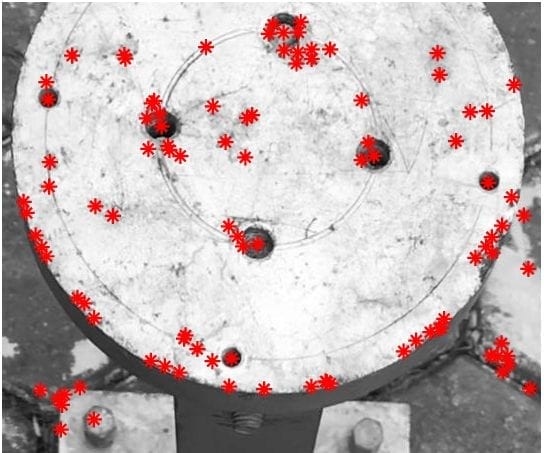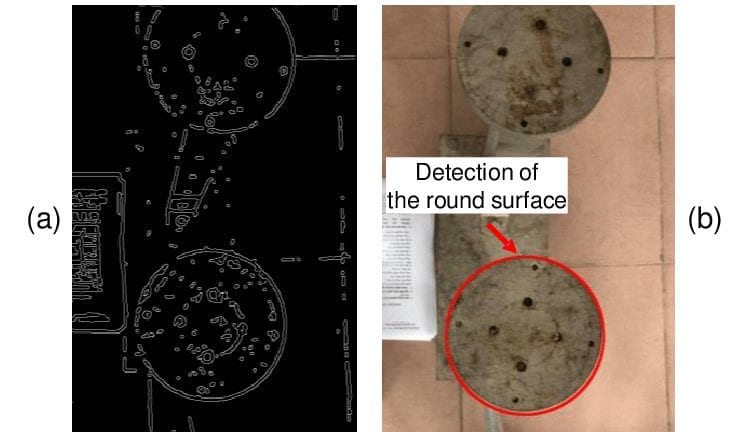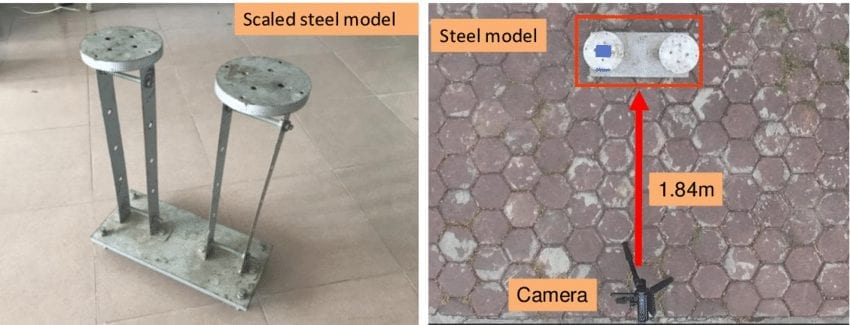
News
Vision-Based Vibration Measurement Using Commercial Drones
Vision-Based Vibration Measurement Using Commercial Drones
The advancements in sensor technology have brought a lot of novelties in the field of data analysis as well as identification of deterioration on existed civil structures. Since a structure regularly requires inspection and maintenance, there are numerous methods for monitoring its condition – especially in the field of Structural Health Monitoring (SHM).
Structural Response Acquisition as the First Step in Any SMH Scheme
A new conference paper published by three authors at the University of Civil Engineering in Hanoi, Vietnam focuses on the structural response acquisition as the first step of any SMH scheme – and specifically the use of a commercial drone in a new vision-based approach that can easily access any regions that are difficult to reach and collect valuable data for the SHM analyses.
As the abstract of the paper notes:
“Based on motions of the key-points among images on the sequence, displacements of the structure could be determined. Meantime, motions of the drone are also calculated by means of some stationary objects on the background. By subtracting the drone’s motions from the structure’s displacements, which are all computed by the vision-based technique, actual displacements of the structure are measured. The proposal is verified on a steel model in the laboratory. Displacements of the model during oscillation are analyzed for detecting the natural frequencies. The frequency result is then compared to the result collected from acceleration data. The experimental outcomes initially confirm promise of the introduced approach.”
As a relatively new approach of non-contact techniques, the vision-based measurement methods are research and developed recently. Since they are contactless and cost-effective, they can solve the problem if the measurement locations are outreached or difficult for sensor implementation.
The approach of the authors focuses on “dynamic displacements of structures are acquired based on the computer vision (CV) tracking algorithms” in which the camera is fixed on a stationary point in order to calculate the motions of measurement location – and convert them to actual motions of the structure in engineering units such as millimeter by deploying proper camera calibration or scale factor methods.

An example of the SIFT key-points detected on the image of the steel model.

a) Key-points on image i th ; b) Key-points on image i+1 th ; c) The matches without the outlier discarding algorithm; d) Final matching result after utilizing the outlier discarding algorithm. After the erroneous matches are discarded, the centroid point in each set Ki and Ki+1 can be found based on locations of the well-matched key-points, called (X c i, Y c i) and (X c i+1, Y c i+1). Consequently, the movement between two set Ki and Ki+1 is calculated in pixel unit.

a) Canny edge detection, b) Hough transform algorithm for detecting the 150 mm round plate

The steel model and the experimental setup
A Variety of Targets Which Can Help the CV Algorithms Detect the Monitoring Locations
As the authors note, there are several sorts of targets – such as a LED diode light, a figure printed on a contrastive background or even a random pattern which are called physical algorithms – and which can help the CV algorithms to detect the monitoring locations and track them in time domain.
“Recently, with the development of the key-point algorithms in the computer vision, the non-target vision-based measurement is proposed by several research groups 15-17. The main advantage of this approach is no attachment of physical targets. Because artificial targets are not employed, measurement positions can be defined on special areas on the structure’s images such as bolts, edges or corners. These special positions are identified and tracked by means of key-points algorithms, which can be used for estimating displacements of the structure. The non-target approach has shown promising results and been conducted on several real-life structures including bridge girders or steel frames.”
The object of this research is to provide precise non-target vision-based measurement – and decrease the distance between the camera and the measurement location by means of using a small-size camera that will be mounted on a drone – which reduces the distance to only several meters (compared to the hundreds of meters when a traditional vision-based method is used).
Conclusion
Even though there are several barriers of this model, it definitely serves as an improved version of the traditional vision-based algorithms – and a framework for vision-based vibration measurement that is precise and accurate.
The authors further note that their approach “has been verified in the Bridge and Tunnel laboratory at National University of Civil Engineering (NUCE) on an experimental steel model,“ and that it accurately decreases the distance between the camera and measurement locations up to several meters, which results in more accurate collected responses.
Citation: Khuc, Tung & Anh Nguyen, Tuan & Dao, Hieu. (2018). “A Development of Vision based Vibration Measurement using a Commercial Drone”, Conference: 7th International Conference on Protection of Structures against Hazards (PSH), At Hanoi, Vietnam – https://www.researchgate.net/publication/328686187_A_Development_of_Vision_based_Vibration_Measurement_using_a_Commercial_Drone

















